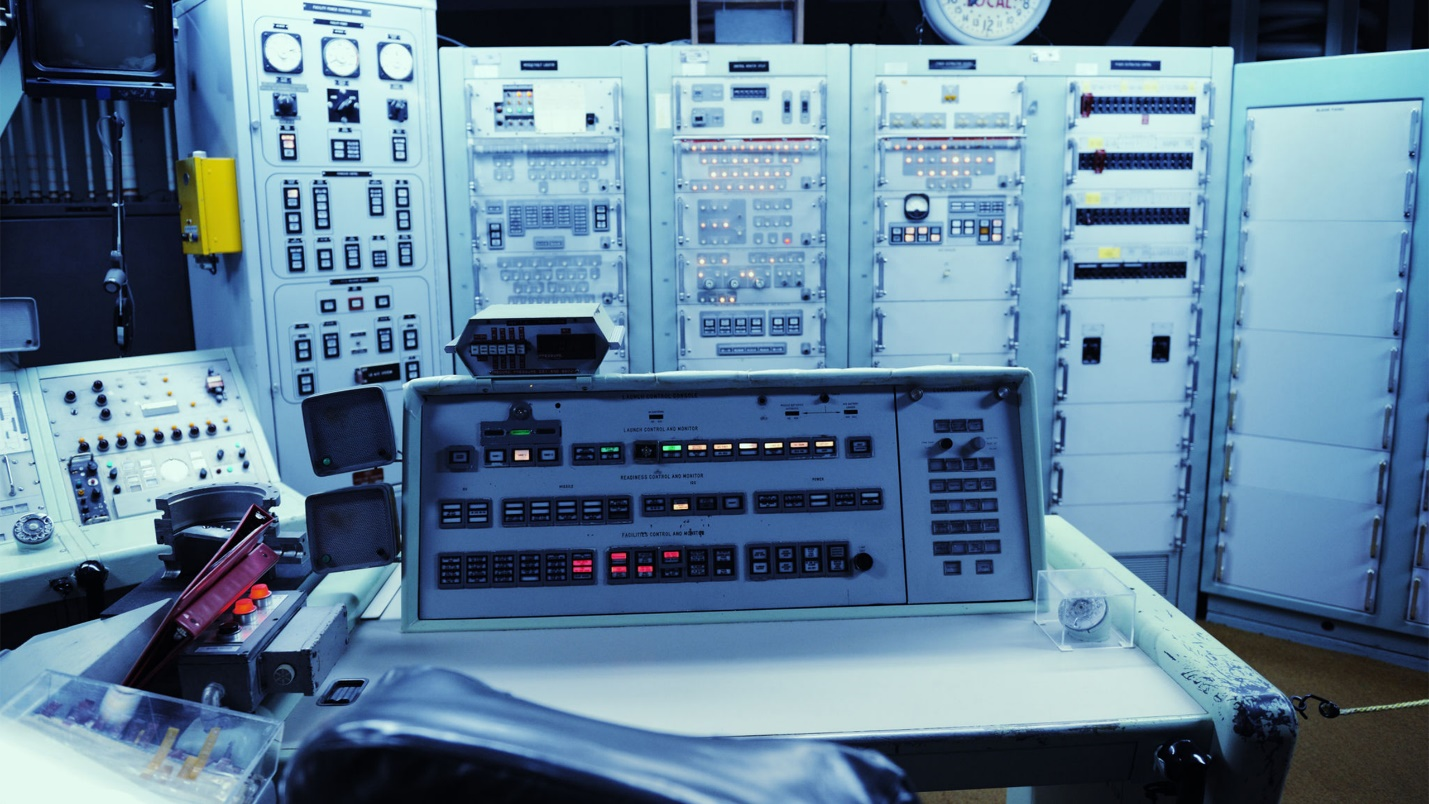
G7’s 50th Summit in Canada Highlights Global Tensions.
June 09, 2025: Canada will host the 50th G7 Summit from June 15 to 17 in Kananaskis, Alberta, amid heightened global tensions and economic rifts.

The global military establishment is undergoing considerable changes and utilizing technological developments to enhance capabilities. To improve defense operations and boost military effectiveness, major trends including artificial intelligence (AI), robotics, and the internet of things (IoT) are enhanced. Four aspects of the battlefield are evolving as a result of new military technology trends: connectivity, lethality, autonomy, and sustainability. Concerns about how soldiers identify and locate their enemies, communicate with one another, and manage operations are addressed through connectivity solutions.
Overall the effectiveness of warfare operations is increased by advances in missile and weaponry systems that boost effectiveness. Organizations use robotics and AI to carry out choices with no or minimal human influence. In addition to providing training opportunities, augmented reality (AR) improves the mission effectiveness of on-field forces. Soldiers can access mapping data, movement markers, and other information through wearable glasses or augmented reality headsets. This improves ground forces’ ability to make situational decisions in real-time.
Such use of AI in defense improves military computing thinking for intelligence, surveillance, and observation tasks. The use of automated weapon systems and equipment safety management by computer vision reduces the number of casualties among soldiers. Defense producers can test new iterations of military products and provide predictive maintenance for military assets by utilizing digital twins and machine learning. Organizations are also creating self-organizing intelligent systems that cooperate in the direction of a strategic goal utilizing cluster computing.
To counter new threats, militaries are creating more sophisticated and advanced military technology. There are currently developments in everything from space militarization to directed energy weapons and hypersonic flights. Additionally, the defense sector has made reaching net-zero emissions one of its goals. This transition is made easier by investments in military aircraft powered by hydrogen fuel and electric propulsion on the battlefield. Additionally, defense agencies are pushing biotechnology and nanotechnology research to develop self-healing armors and other cutting-edge machinery.
Securing forces, enhancing situational awareness, reducing soldiers’ physical and mental stress, and facilitating mobility over challenging terrain are just a few of the military’s key objectives. Armed forces can accomplish these goals and dominate the terrain, and build on gains by using RAS technologies. RAS is becoming more crucial to ensuring freedom of movement and mission success with the least amount of risk to personnel. The usage of drones improves situational awareness on the battlefield. Additionally, multi-mission robots make it easier to clear a minefield, conduct search and rescue missions, destroy explosive cannons, and provide logistical assistance.
It is crucial to understand that new emerging innovations are causing the face of war to change exponentially. Both offensive and defensive military capabilities are mostly driven by lethal autonomous weapons, intelligent systems, and artificial intelligence (AI). Military communication is secure and reliable thanks to 5G and blockchain’s hyper-converged and protected connectivity.
These trends, which include the development of hypersonic aircraft, directed energy weapons, and quantum computers, will have a significant impact on how militaries function. Because of this, defense startups continue to create dual-use technology and military and civilian upgrading solutions. Only a small proportion of the extensive trends such as Brain-computer interfaces, space militarization, and nanotechnology, among other innovations, will change the industry.

June 09, 2025: Canada will host the 50th G7 Summit from June 15 to 17 in Kananaskis, Alberta, amid heightened global tensions and economic rifts.

May 30, 2025: Canada’s economy expanded at an annualized rate of 2.2% in the first quarter of 2025, outperforming the market forecast of 1.7%.

May 28, 2025: SpaceX’s latest Starship test flight, conducted on May 27, 2025, ended in failure when the spacecraft’s upper stage broke apart during its descent over the Indian Ocean.

May 27, 2025: Greek Coastguards Charged Over 2023 Pylos Migrant Shipwreck That Killed Hundreds

May 27, 2025: Volvo to Cut 3,000 Jobs in Europe as Part of $1.9B Restructuring Amid EV Slowdown and Tariff Pressures.

May 23, 2025: Net migration to the UK has dropped by nearly 50% in 2024, and Indian nationals are at the center of this shift, leading to both the fall in new arrivals and the rise in emigration.

The Fort McMurray First Nation Group of Companies is the wholly owned business entity of Fort McMurray 468 First Nation. It was established in 1987 as Christina River Enterprises, and the organization rebranded as FMFN Group in 2021. Providing Construction, Custodial, Petro-Canada Fuel & Convenience Store, and Transportation services to a broad portfolio of customers, the Group of Companies is creating financial stability and prosperity for the Nation.

Maushum Basu is a visionary leader who inspires his team with a clear, compelling purpose. Unafraid to take calculated risks, he understands that growth often stems from change and innovation. His deep commitment to both Airia Brands, Inc.

When speaking with Martin Paquette, one thing is immediately apparent: he’s honest. His transparency is refreshing. While many shy away from such vulnerability, Paquette sees it as a force to reckon with. The incredible emotional intelligence speaks to years of looking within—it’s also what allows him to acknowledge his mistakes gracefully and use them as opportunities to innovate.

Marina Charriere, CEO of Star Drug Testing Services, Star Drug Testing Services (Windsor Park), and First Defence Face Masks go hand in hand. Star is a drug and alcohol testing facility, and First D F M is a face mask company.

Leave us a message
Subscribe
Fill the form our team will contact you
Advertise with us
Fill the form our team will contact you